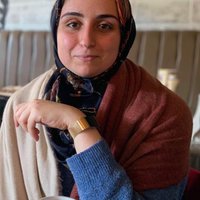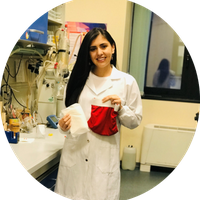Biotechnology & medicine
Da Han
Realized the early cancer diagnosis using DNA molecular computation

MENA
Aya Elghajiji
Using large area electrodes to study the behavior of human cancer cells.

Latin America
Carolina Serrano
Her reusable, biodegradable, and low-cost diapers meet eight of the 17 Sustainable Development Goals.

Global
Katharina Volz
A loved one’s diagnosis led her to employ machine learning in the search for a Parkinson’s cure.

China
Renhong Yan
Revealing the moment the virus hijacked the human cells
